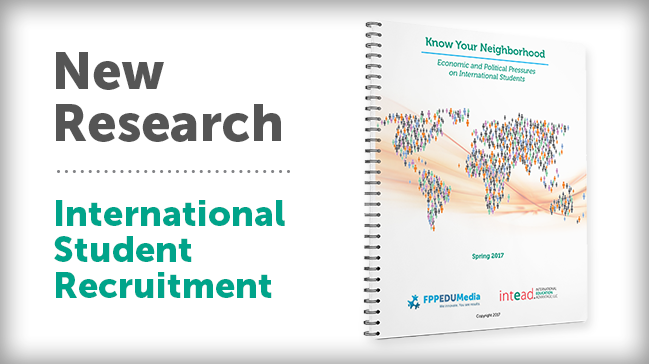US student visa approval rates have long been a topic of concern and consternation by everyone involved, the approvers (State Department) and the approves (students). While academic leaders, students, and agents often dwell on the rejected, the US State Department focuses on the approved. Numbers are up overall.
Regular readers here know that the Intead team collects and dissects data to give strong counsel to university and high school enrollment leaders. This week, while we acknowledge there is plenty of data to analyze about visa application volume, wait times, and denial rates, we offer a different actionable perspective and guidance in another visa-related area: what your team can do to improve yield on your international student applicants (with the visa process in mind).
During the EdUSA Forum earlier this month, there was a slightly tense luncheon that caught everyone’s attention as academic institution leaders poked at State Department leaders regarding visa approval rates and processes. Truth is, in any operation, processes can always be improved.
Last week, in this two-part blog series, we talked about the importance of developing STEM curriculathat meet the current tech industry demand for talent. As noted, Microsoft is seeking to fill 6,000 to 9,000 open positions around the world on any given day, according to Bruce Thompson, Head of Americas, Microsoft Education who spoke at the recent EdUSA Forum in DC. If you missed that post, well, take a few minutes for some practical advice doled out by tech industry execs who spoke at the Forum.
At the Forum, I had the privilege of presenting on student recruitment budgeting alongside SIO extraordinaire Jill Blondin from Virginia Commonwealth University to a standing room only room. (The slides are available to Intead Plus members.)
This week, it is all about student visas. Consider: the US State Department’s visa operations team is charged with keeping the US safe from harm by ill-intentioned actors (economic schemers and of course, more serious hardened criminals). Hundreds of millions of people in the US and around the world count on State to do a really good job at that.
Our next opportunity to meet!
NAFSA Region XI, Hartford, CT, Oct 27-29. The Intead team will be there presenting on Admission Process Analysis, Marketing Data Analytics, and Marketing Study Abroad Programs with university partners from our New England region friends from Quinnipiac, Johnson and Wales, Clark, and Emerson. Practical strategies and creative tactics to hit your enrollment targets. Hope to see you there!
PIE Live North America, Boston, MA, Nov 19-20. We will be talking about our analysis of career success data and how institutions can use that data to improve recruitment initiatives around the world. Our powerhouse co-presenters: Kerry Salerno, Chief Marketing Officer, Babson College and Andrew Chen, CEO, F1 Hire.
Bookmark this: Intead’s Resource Center
Take your challenge of the day and plop it into our search bar. With 800+ publications and our 15 years of weekly blogging, you will find relevant content on any topic important to enrollment management and student recruiting. Check it out.
One of the great things about the three-day EdUSA Forum is the opportunity to chat with EdUSA’s REAC’s (Regional Educational Advising Coordinators) from around the world. These approachable, super smart, and culturally adept folks shared their views on current realities in every region around the world – economic realities, education system realities, visa approval realities.
Today, a closer look at the process of obtaining student visas and the actions those responsible for international student recruitment (university and education agent representatives) can take, given where we all are right now. Our view: it’s all about setting and aligning expectations.
Read on…
Read More
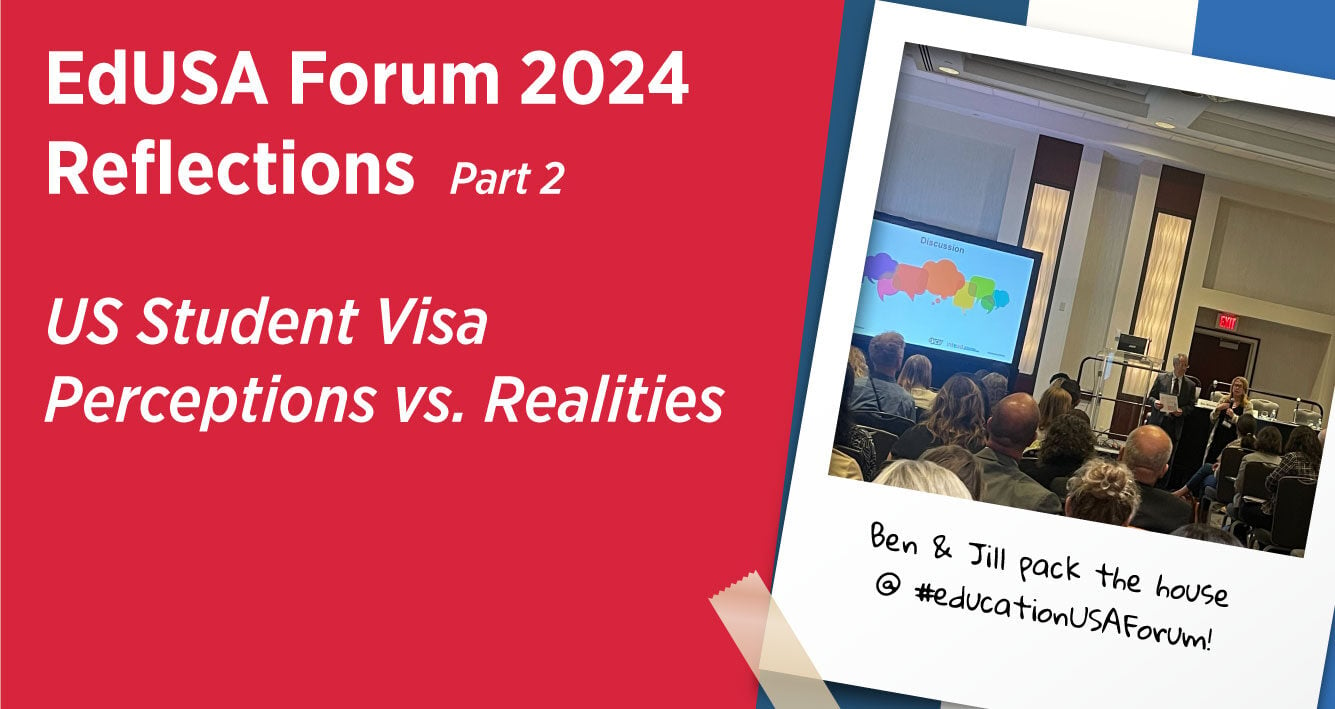
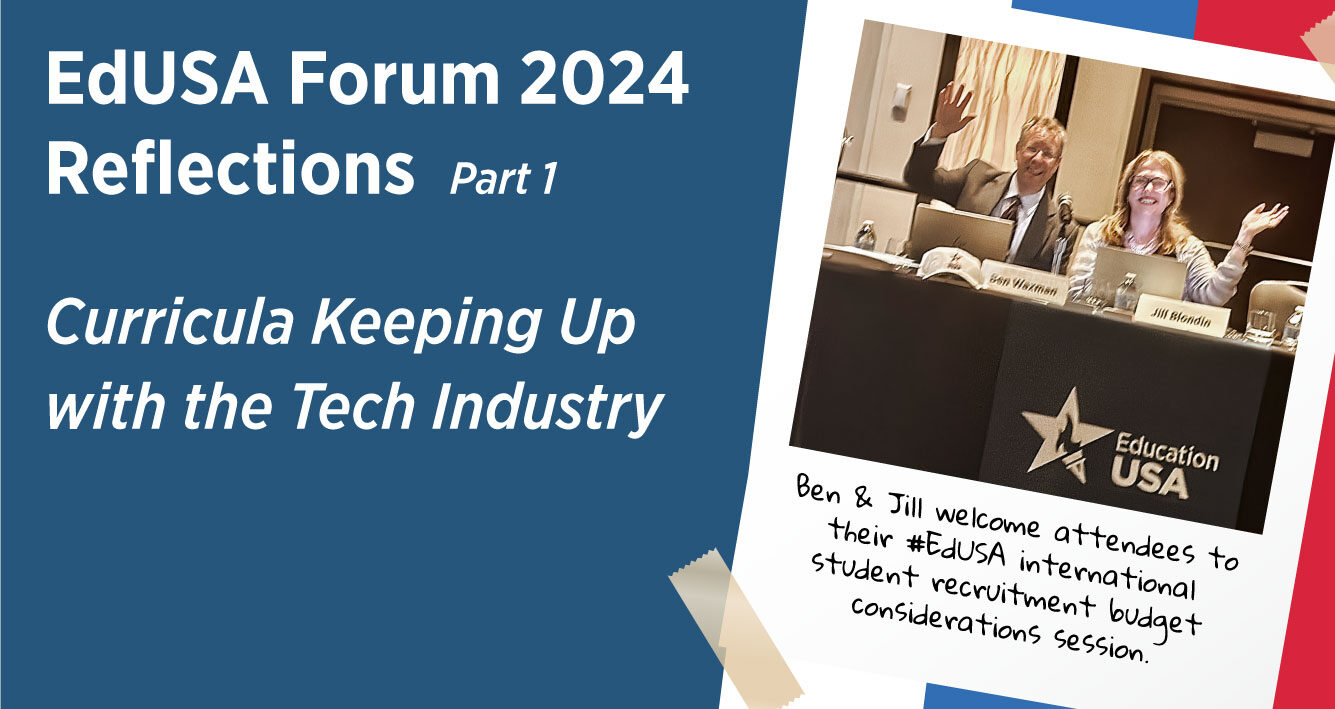
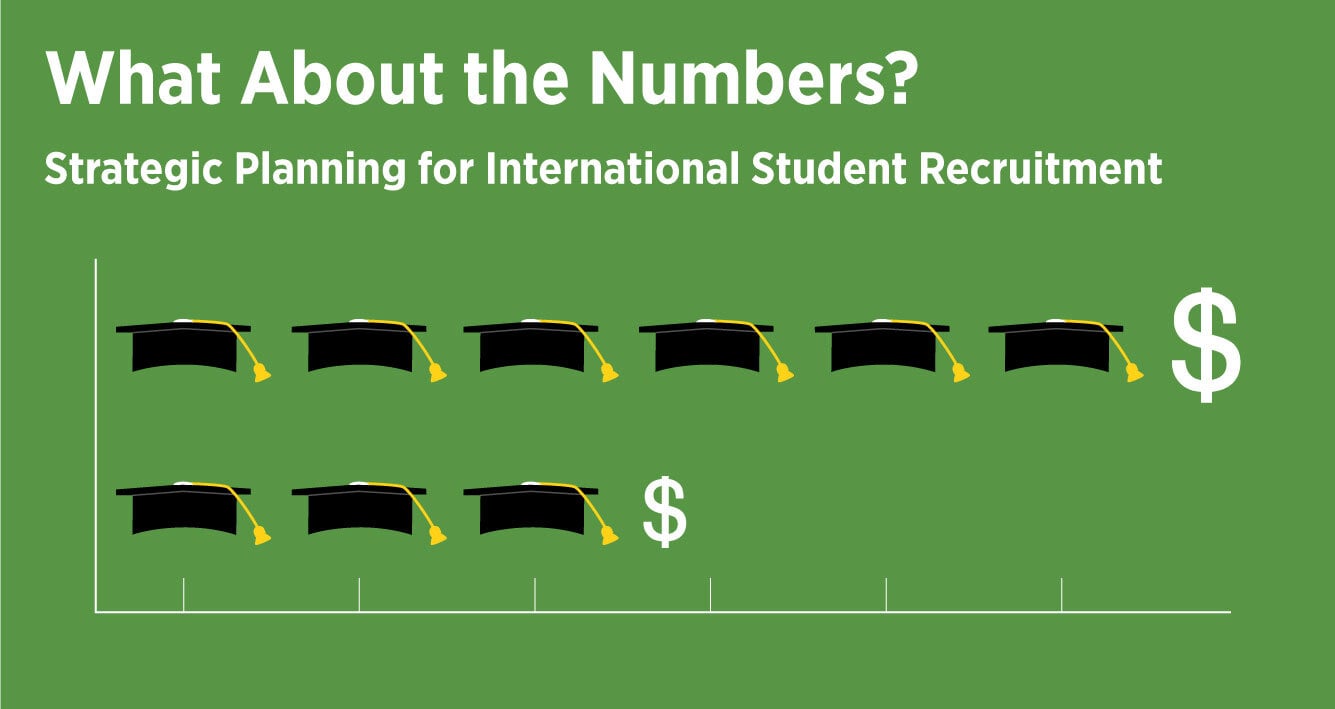
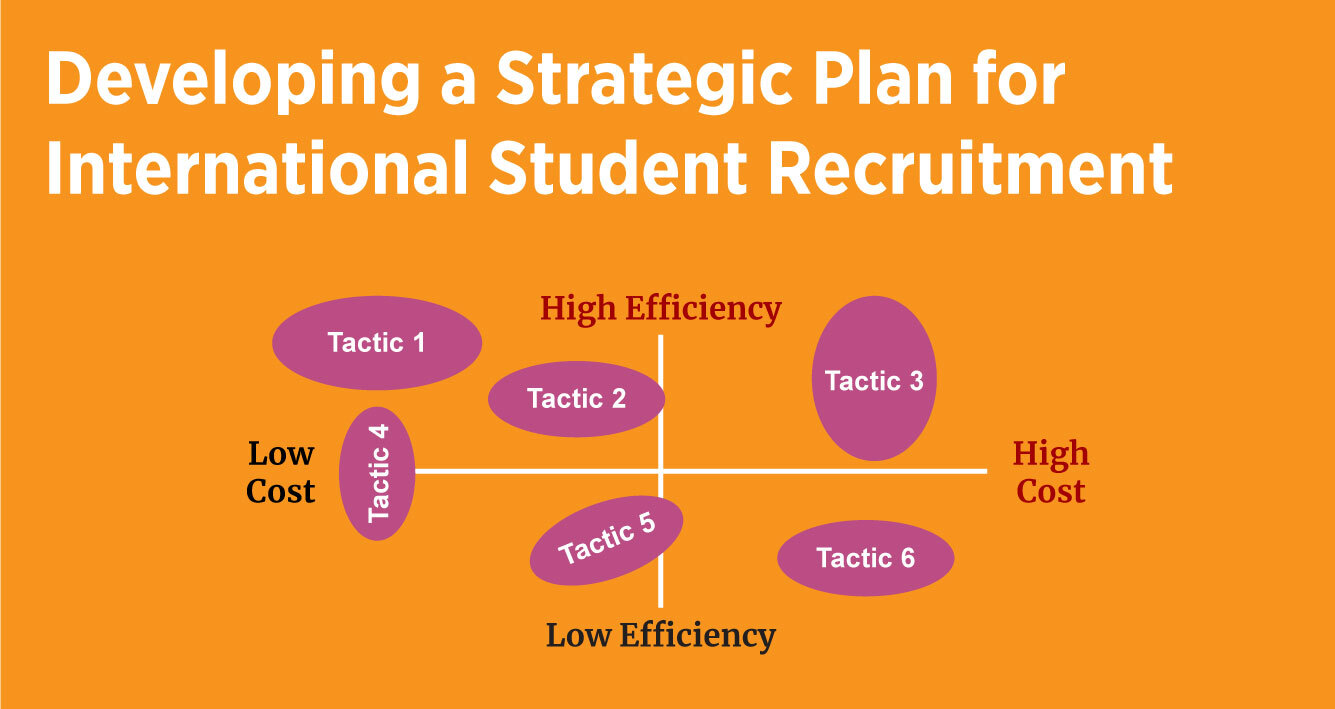

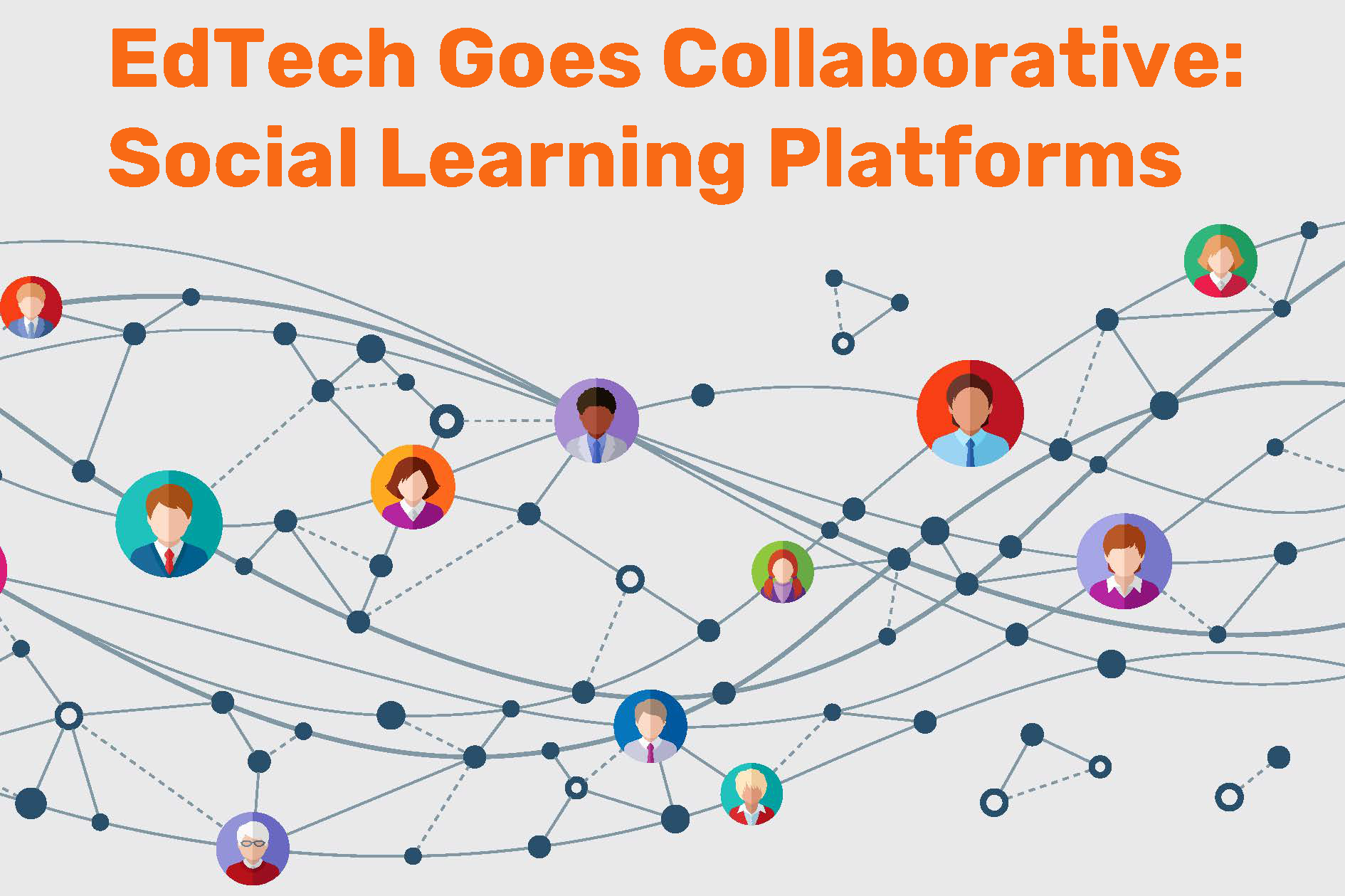
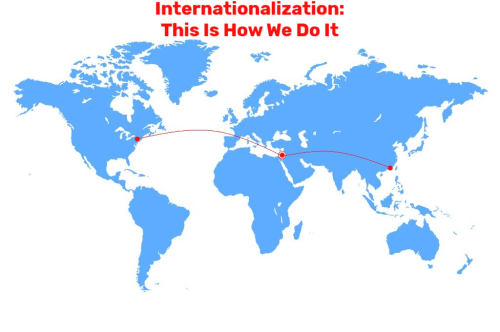
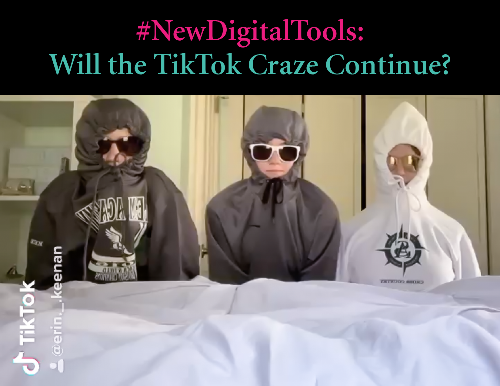
.jpg)
